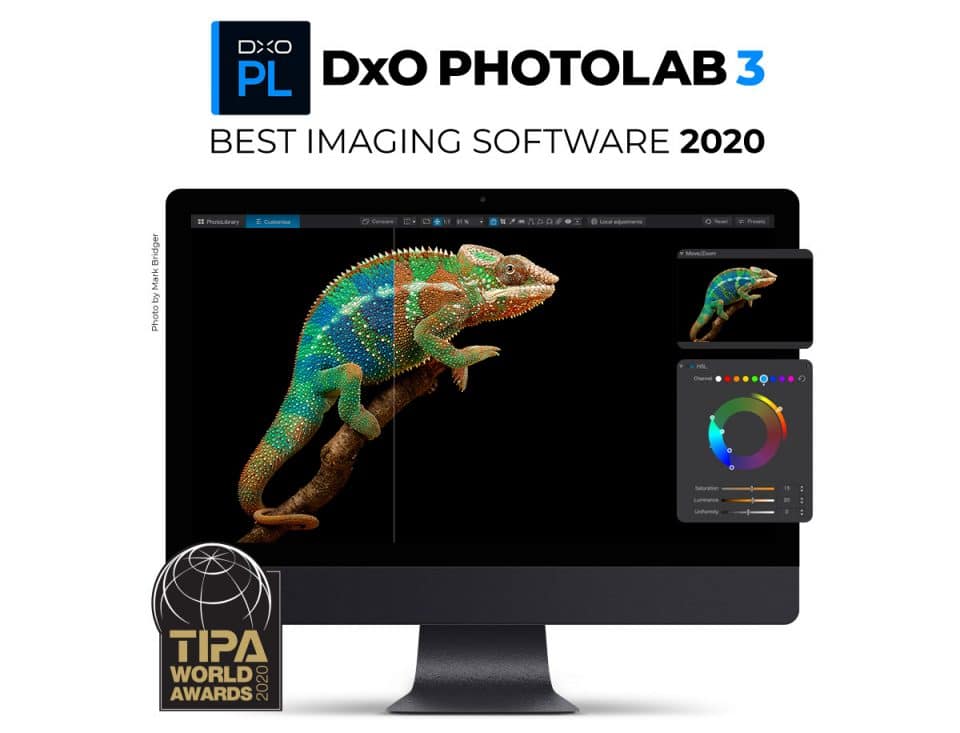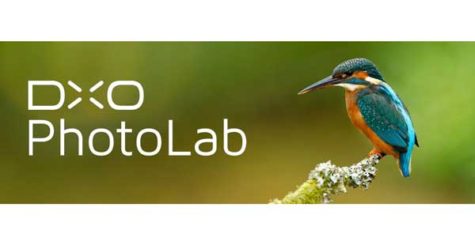

- #DXO PHOTOLAB VS ON1 PHOTO RAW UPDATE#
- #DXO PHOTOLAB VS ON1 PHOTO RAW FULL#
- #DXO PHOTOLAB VS ON1 PHOTO RAW SOFTWARE#
And if you decide to rename the RAW file, it is as easy as renaming the sidecare. In terms of speed however, a side care file has the advantage that it doesn't have to be saved explicitly. aphoto file will document changes both applied before developing the RAW file and edits done afterwards. Indeed this approach is flexible, as the. aphoto file to a raw image and thus do later changes to the development settings. Storing development settings in sidecar files transparently: Yes, in AP 2.0 you can link an.
#DXO PHOTOLAB VS ON1 PHOTO RAW FULL#
You can then adjust settings for all of them or a subset of them, giving you full flexibily and avoiding redundant work for a series of images under equal conditions.

Make further adjustments per image in Photoshop, such as cropping, object removal, retouching, etc. Now I can quickly sift through the images and rate them, apply color tags for sorting, and mark "bad" images for deletion. Once I am satisfied with the edits, I can quickly apply the same settings to the ENTIRE shoot. At this point, I can also quickly apply any of the dozens of presets I have created over the years.

This is typically white balance, exposure, contrast, shadows, highlights, texture, clarity, dehaze, saturation, vibrance, color mixing, color grading, details, curves, and more. This opens ALL of the photos in CameraRAW. This could be a handful or a few hundred in a single shoot.ĭrag-and-drop photos into Photoshop.
#DXO PHOTOLAB VS ON1 PHOTO RAW UPDATE#
I was looking forward to the v2 update in hopes that it would introduce a more intuitive way to "develop" my RAW photos but the workflow is still significantly lacking - or I don't understand to replicate my current workflow. Apart from the way Affinity "develops" RAW files, I can cope with any other differences between Photoshop and Affinity. I started using Affinity a year or two ago in hopes it would be a replacement but it didn't meet my requirements. I hate paying the subscription for it, but it does work very well for my purposes.
#DXO PHOTOLAB VS ON1 PHOTO RAW SOFTWARE#
I have used Adobe software for my photography for over a decade.


 0 kommentar(er)
0 kommentar(er)
